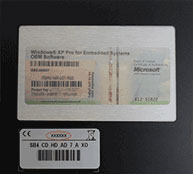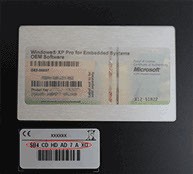Dr. Sam Hurst originally put together a team and formed a company to refine the original concept of the elograph, the first touchscreen prototype, in 1971, with a patent of the University of Kentucky Research Foundation. In 1977, that company came up with the resistive touch screen- the most common technology today. Dr Hurst’s partnership with Siemens proved to be a milestone in the industry because that is when the world got its first curved glass touchscreen interface.
However, the capacitive touchscreen had made its way into the industry before that. In 1966, the Royal Radar Establishment was using a radar screen for traffic control invented by E.A Johnson. This attempt at capacitive touch technology resulted in a slow and inaccurate machine but it stayed in use until the 1990s.
Difference in Modern Touch Screens
Over the years, touchscreen technology underwent significant improvements. Newer displays are not as cumbersome to operate and provided faster input.Modern touchscreens have become thinner, clearer, with improved sensitivity, and are now more popular than ever, thanks to smartphones. Technologies such as projected capacitive touch screen can log more than one touch event, giving it multi-touch capabilities.
Use in Various Sectors
One improvement is the resistance of industrial touchscreens to harsh environments. Touchscreen devices can now withstand dust, moisture and extreme temperatures, and even with gloved hands, making them suitable for sectors such as civil engineering, healthcare, and manufacturing.
Devices are also less bulky making portability possible. The increased sensitivity of industrial projected capacitive touchscreen has made the technology efficient in a myriad of operations from machine automation to point-to-sale terminals.
Sources:
The Evolution of Touchscreen Technology, MakeUseOf.
Elograph (first touch screen prototype), TimeRime.


